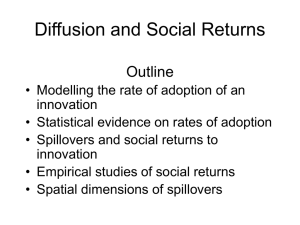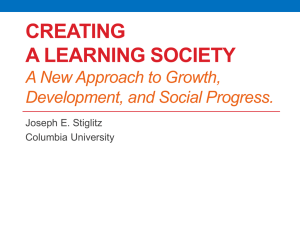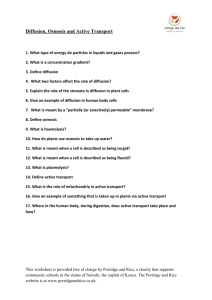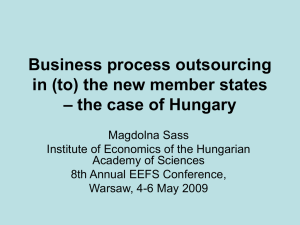Glenn Woroch Adjunct Professor of Economics University
advertisement
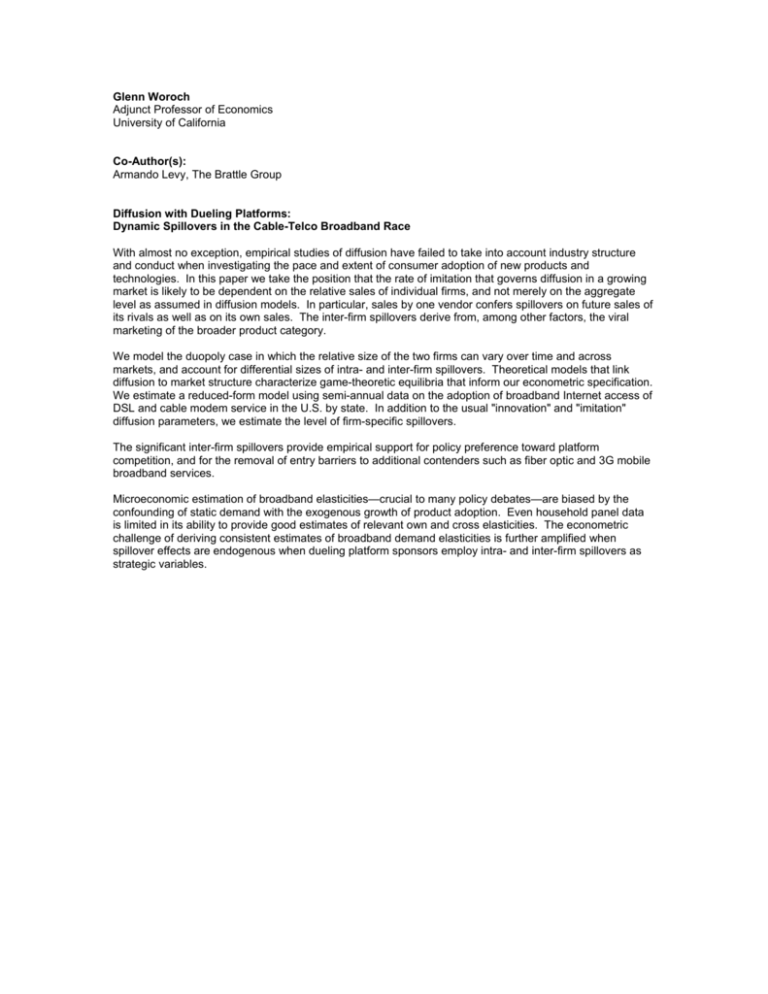
Glenn Woroch Adjunct Professor of Economics University of California Co-Author(s): Armando Levy, The Brattle Group Diffusion with Dueling Platforms: Dynamic Spillovers in the Cable-Telco Broadband Race With almost no exception, empirical studies of diffusion have failed to take into account industry structure and conduct when investigating the pace and extent of consumer adoption of new products and technologies. In this paper we take the position that the rate of imitation that governs diffusion in a growing market is likely to be dependent on the relative sales of individual firms, and not merely on the aggregate level as assumed in diffusion models. In particular, sales by one vendor confers spillovers on future sales of its rivals as well as on its own sales. The inter-firm spillovers derive from, among other factors, the viral marketing of the broader product category. We model the duopoly case in which the relative size of the two firms can vary over time and across markets, and account for differential sizes of intra- and inter-firm spillovers. Theoretical models that link diffusion to market structure characterize game-theoretic equilibria that inform our econometric specification. We estimate a reduced-form model using semi-annual data on the adoption of broadband Internet access of DSL and cable modem service in the U.S. by state. In addition to the usual "innovation" and "imitation" diffusion parameters, we estimate the level of firm-specific spillovers. The significant inter-firm spillovers provide empirical support for policy preference toward platform competition, and for the removal of entry barriers to additional contenders such as fiber optic and 3G mobile broadband services. Microeconomic estimation of broadband elasticities—crucial to many policy debates—are biased by the confounding of static demand with the exogenous growth of product adoption. Even household panel data is limited in its ability to provide good estimates of relevant own and cross elasticities. The econometric challenge of deriving consistent estimates of broadband demand elasticities is further amplified when spillover effects are endogenous when dueling platform sponsors employ intra- and inter-firm spillovers as strategic variables.
